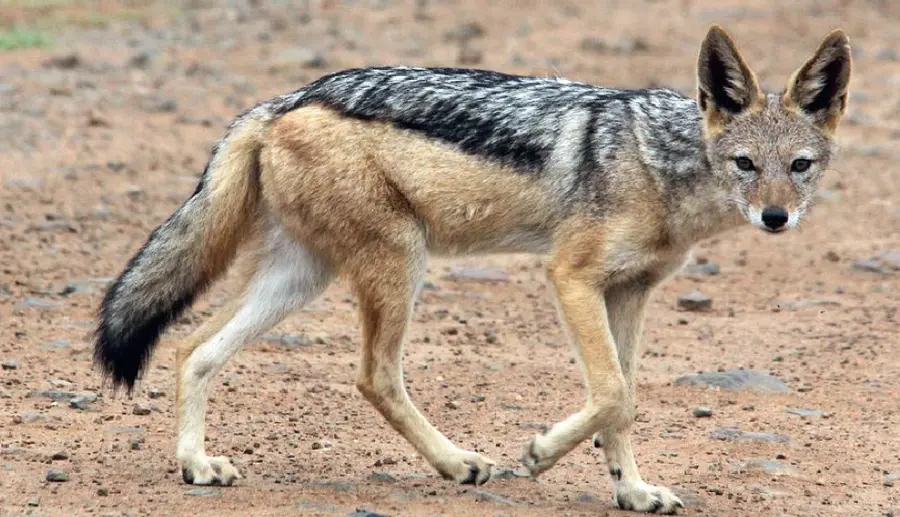Context:
A recent citizen science study undertaken by NGO Aranyakam Nature Foundation has found that Kerala is home to around 20,000 to 30,000 golden jackals (Canis aureus naria). This is one of the most detailed studies done on this animal in the state. It shows that golden jackals live not just in forests, but also in villages, towns, and farmlands.
About the Study:
- The study was conducted by a nature conservation group with help from over 2,200 people.
- It covered 874 villages in Kerala.
- More than 5,000 jackal sightings were recorded.
- The study found that:
- Only 2% of the sightings were inside protected forest areas.
- Jackals were mostly found in lowland areas (below 200 metres elevation).
- Their common habitats were:
- Coconut groves – 24% of sightings
- Rural settlements – 10%
- Urban areas – 5.6%
This shows that golden jackals are well adapted to live near humans.
About the Golden Jackal:
- Scientific name: Canis aureus naria
- Also called the common jackal.
- Medium-sized, looks similar to a small wolf.
Behaviour:
- Nocturnal in areas where humans live.
- May be partly active during the day in remote areas.
- Lives in monogamous pairs.
- Uses rock crevices or dug-out burrows for shelter.
Diet:
- Omnivorous – eats both plant and animal matter.
- Eats small animals, fruits, and leftover food waste.
Habitat:
- Found near rivers, lakes, canals, seashores, and valleys.
- Rare in foothills and low mountains.
Distribution:
- Found in North and East Africa, Southeast Europe, and South Asia up to Myanmar.
- In India, found from Himalayan foothills to Western Ghats.
Conservation Status
|
Authority |
Status |
|
IUCN |
Least Concern |
|
CITES |
Appendix III |
|
Wildlife Protection Act, 1972 |
Schedule I (highest protection) |
Even though they are legally protected, jackals are often not given much attention in conservation plans.
Major threats:
- Poultry attacks: Jackals are known to attack domestic chickens, causing conflict with farmers.
- Rabies: Some jackals have been found with rabies, which can be dangerous to other animals and humans.
- Feeding on waste: In coastal areas, they often eat organic garbage, which is not good for their health or for public hygiene.
- Hybridisation with stray dogs: Jackals may mate with stray dogs, which can change their genetic purity.
Conclusion:
This study shows that golden jackals in Kerala live mostly outside forests. They are now common in farms, villages, and even towns. Because of this, conservation policies should also focus on non-forest areas.
To protect golden jackals and avoid conflict:
- Waste management needs improvement.
- Local people should be aware of the animal's role in the ecosystem.
- Monitoring of hybridisation and disease is also important.
This data helps us better understand how wildlife and humans share space in modern India.







